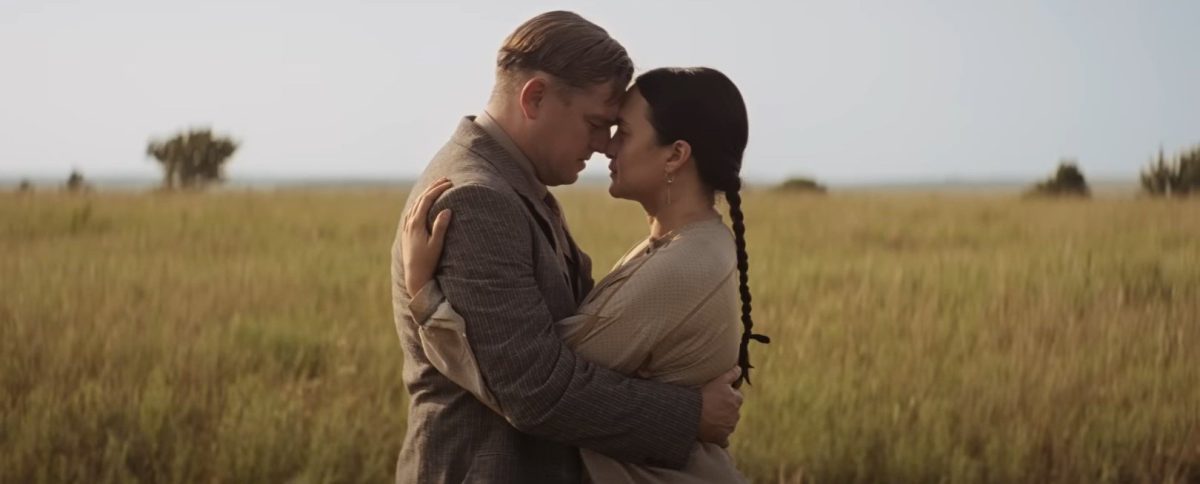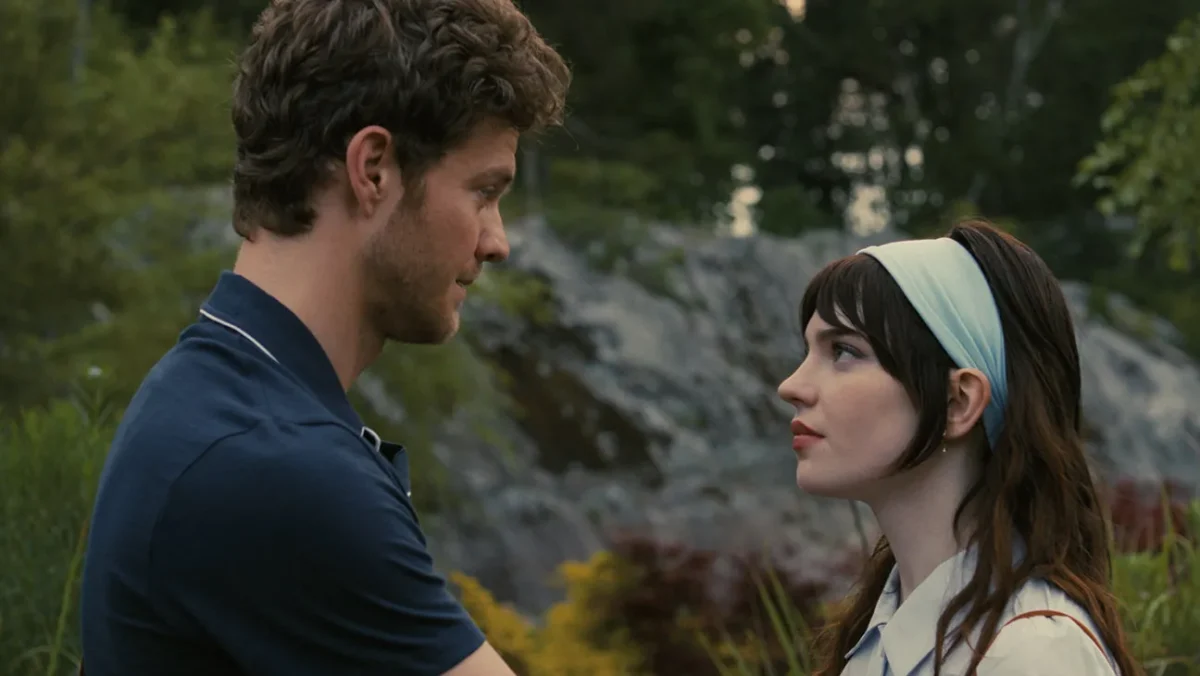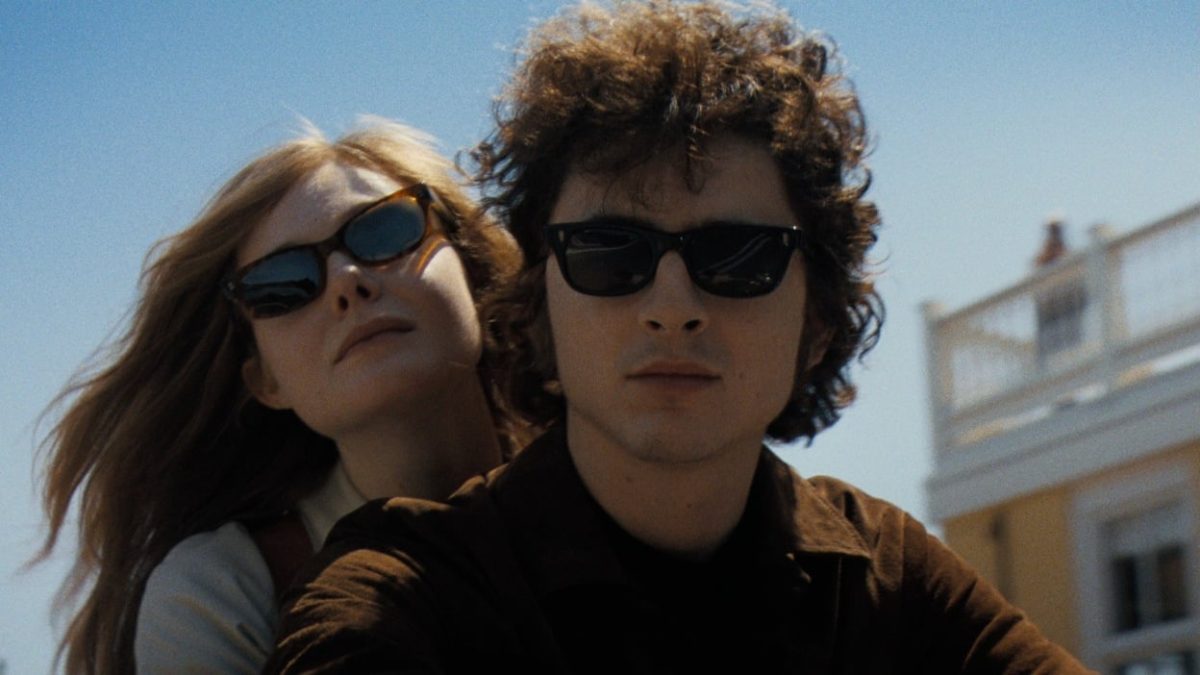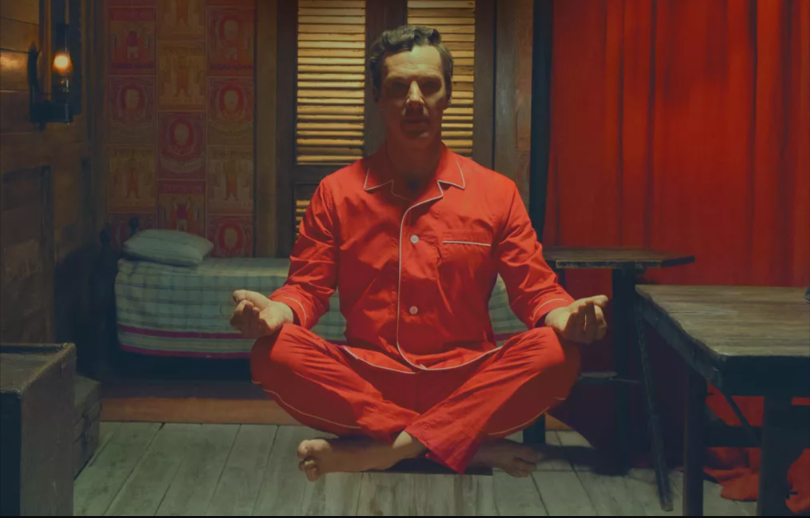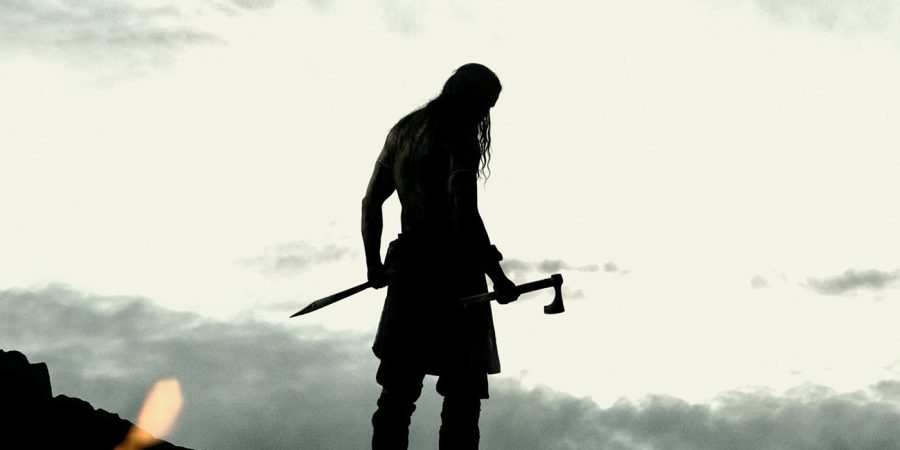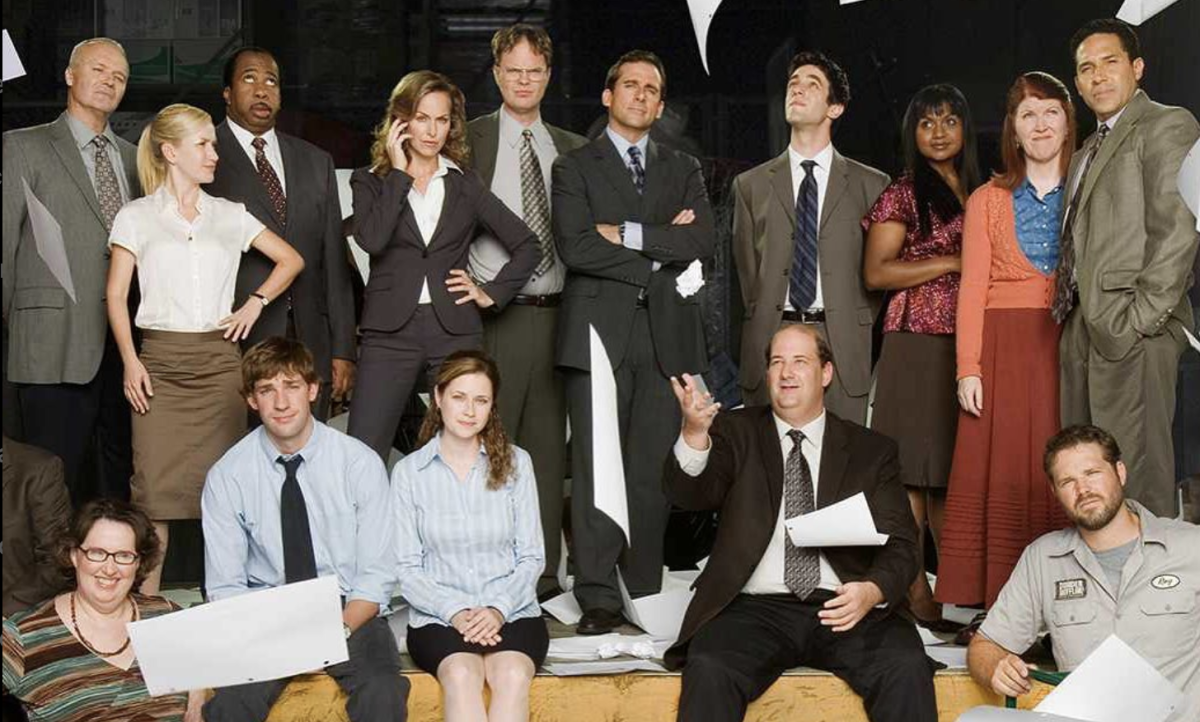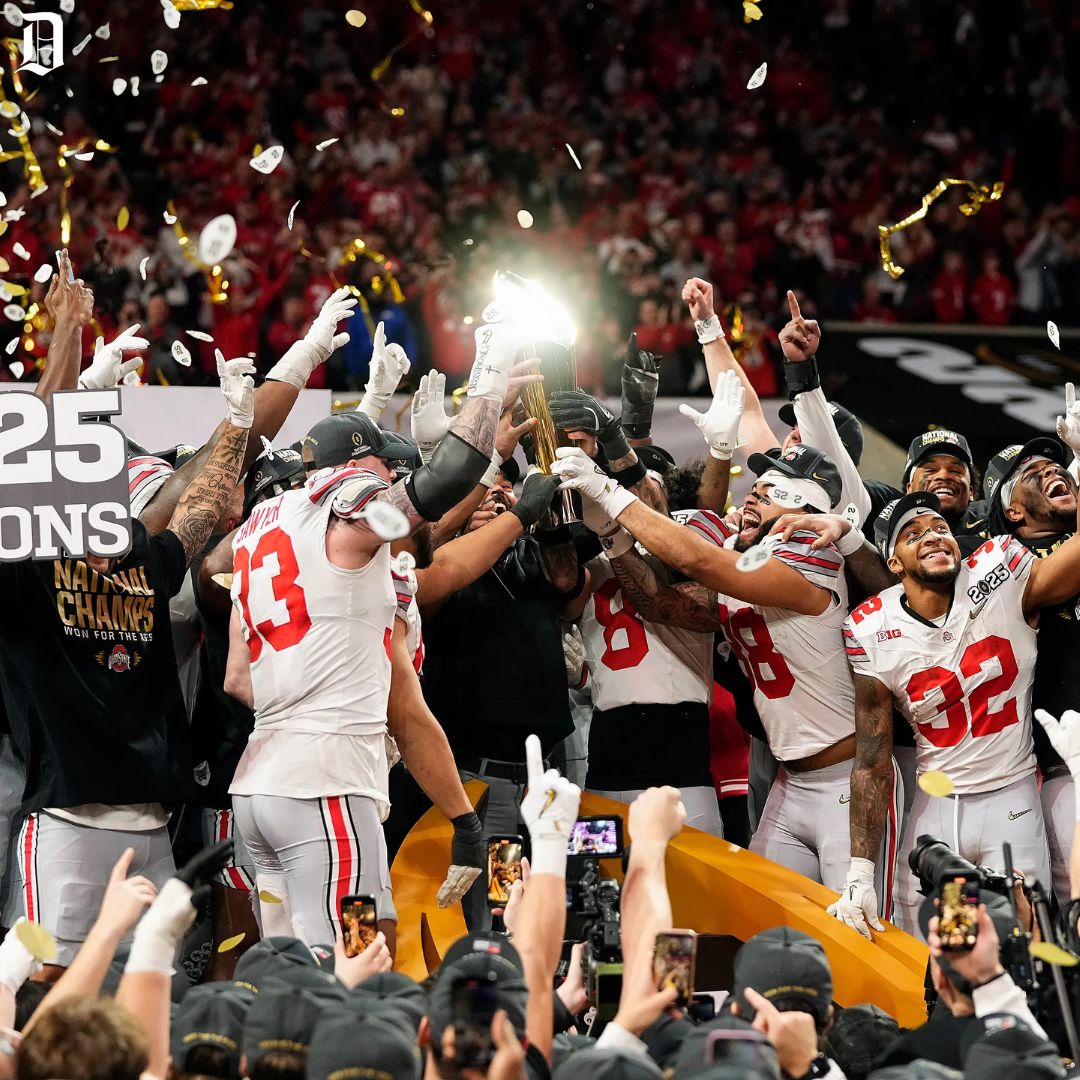![]()
With 25 feature films at 80, director Martin Scorsese has every reason to hit the brakes and admire his stamp on the world. However, in the twilight of his career, Scorsese’s 26th film, “Killers of the Flower Moon,” is not only one of his most ambitious but is a project that is perhaps the most important he has ever undertaken.
The film follows Ernest Burkhart (Leonardo DiCaprio), a World War I veteran who travels to the oil-rich Osage land to live with his uncle William Hale (Robert De Niro), the white reserve deputy sheriff and self-proclaimed leader of the Oklahoma reservation. From there, Hale urges Ernest to marry Mollie Kyle (Lily Gladstone), an Osage woman from a family of massive oil wealth. However, the deaths of the Osage plague the land right as this happens.
Director Martin Scorsese delivers his usual elegance within his newest cinematic experience. His passion for the harrowing history is palpable and complements the stunning performances of the cast. However, while the technical aspects are undoubtedly top-notch, the film is held back by a lengthy narrative that stretches the experience too thin.
Scorsese has an undeniable talent that few other filmmakers rival. Even with a massive $200 million budget and unlimited creative control, his approach behind the camera remains grounded and intimate the entire runtime. Furthermore, while some directors might attempt a showy approach in the more complicated sequences, Scorsese directs with consistent and smooth precision.
Moreover, for an actor known to play kinetic and charismatic characters, DiCaprio unleashes a performance that is everything but. Ernest is a dimwitted, easily manipulated and careless individual caught up in the horrors on the reservation. His inability to comprehend his actions is infuriating and all the more interesting as he denies his responsibility as the story unfolds. Ernest’s stupidity makes DiCaprio’s incandescent acting impossible to look away from.
Balancing out DiCaprio’s infuriating character comes Mollie, the heartbeat of the Osage community on the receiving end of her husband’s clueless actions. Gladstone underscores the vitality of an assertive woman who bathes herself in the traditions of her tribe. Woefully, as the murders begin to upend all she holds dear, her desperation becomes gut-wrenching and is guaranteed to disturb audiences to their core.
Another horrific aspect of the film comes through its presentation of evil in De Niro’s role as Hale. Hale is the worst kind of evil: a generous and seemingly benevolent supporter of the Osage people who backs his smiles with plots to murder and steal the wealth of the tribe. De Niro sells remorselessness with stone-cold severity, making it horrifying to follow a man willing to trade lives for money. It’s appropriate that William Hale — the ruthless man in charge — nicknamed himself King.
However, the bleak narrative highlights the problems with the exhaustive runtime. Nearly all three hours and 26 minutes of the film is a constant stream of overwhelming devastation. The Osage murders are relentless, and while they have the proper stomach-churning effect, it’s hard to wallow in what feels like endless darkness. Similarly, the film lacks forward momentum. Even though the film is purposefully a character study and not a mystery, the arrival of the FBI investigators comes too late to be impactful. Had they been introduced earlier, they would have added a fresh layer of conflict to a story that otherwise felt lost in the hopeless tension between the white and Osage communities. It’s clear that Scorsese wanted to deliver every detail of these injustices, but in doing so, he let the narrative engagement and pacing drop.
While the monstrous runtime of “Killers of the Flower Moon” detracts from the flow of this story, the film still thrives behind Scorsese’s immaculate direction, the cast’s riveting performances and an astounding view into forgotten American history. Audiences will inevitably walk out exhausted, but the educational experience of the film makes for a more than worthwhile experience.



